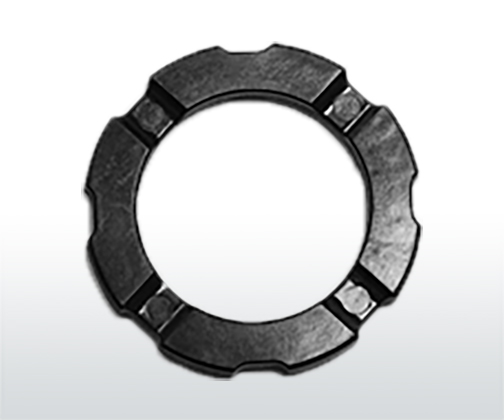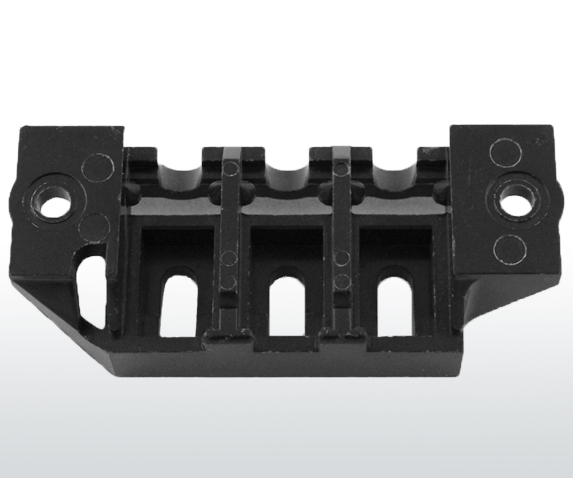Comparing Thermoset and Thermoplastic Molding Materials
Thermoset and thermoplastic materials are two types of plastic or composite molding materials.
While both have a similar end-product appearance of a plastic part, the two material types can have drastically different material performance properties. Choosing the correct molding material type depends on the end use application and what material property requirements the end-product needs to withstand to function properly and ensure safety. While thermoplastic materials are much more commonly used, applications requiring further material performance in the areas of electrical strength, heat resistance, and chemical resistance are likely to rely on thermosets as the molding material of choice.
The main difference between thermoset and thermoplastic materials is thermoset are cross-linked during the molding process, creating permanent molecular bonds.
The cross-linking allows molded thermoset parts to remain durable and strong in aggressive elements such as high temperatures or exposure to chemicals. Additionally, thermoset materials provide electrically insulative properties lending themselves towards applications used in electrical environments. Thermoplastics on the other hand, can disfigure or melt when exposed to the same high temperature ranges. Additionally, thermoplastic materials can degrade with exposure to certain chemicals.





Comments are closed